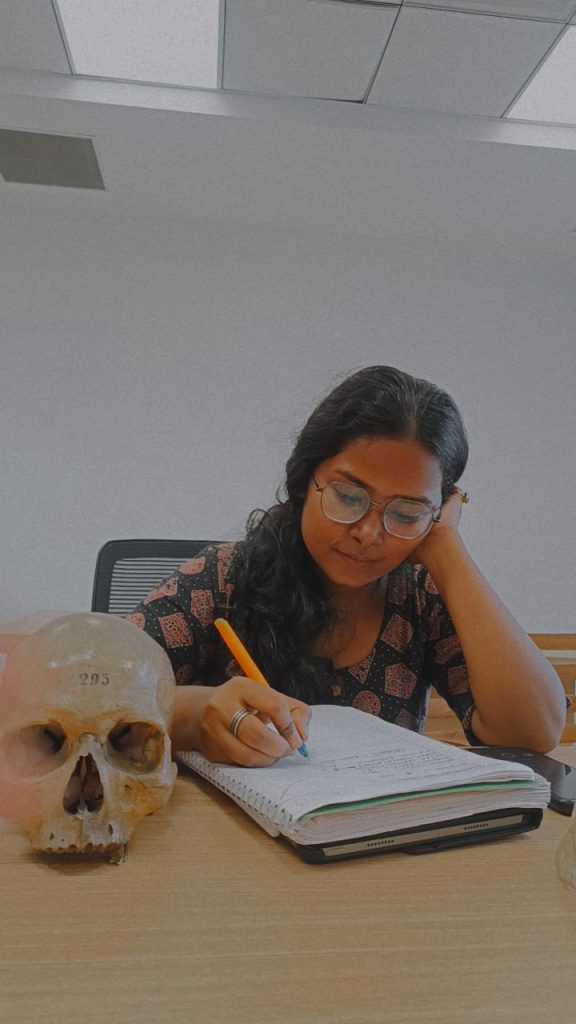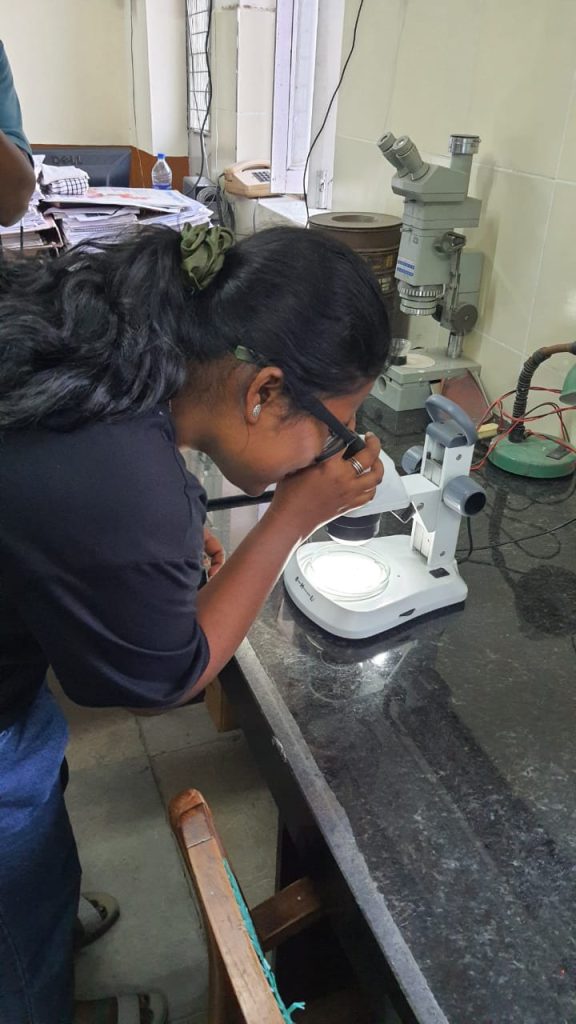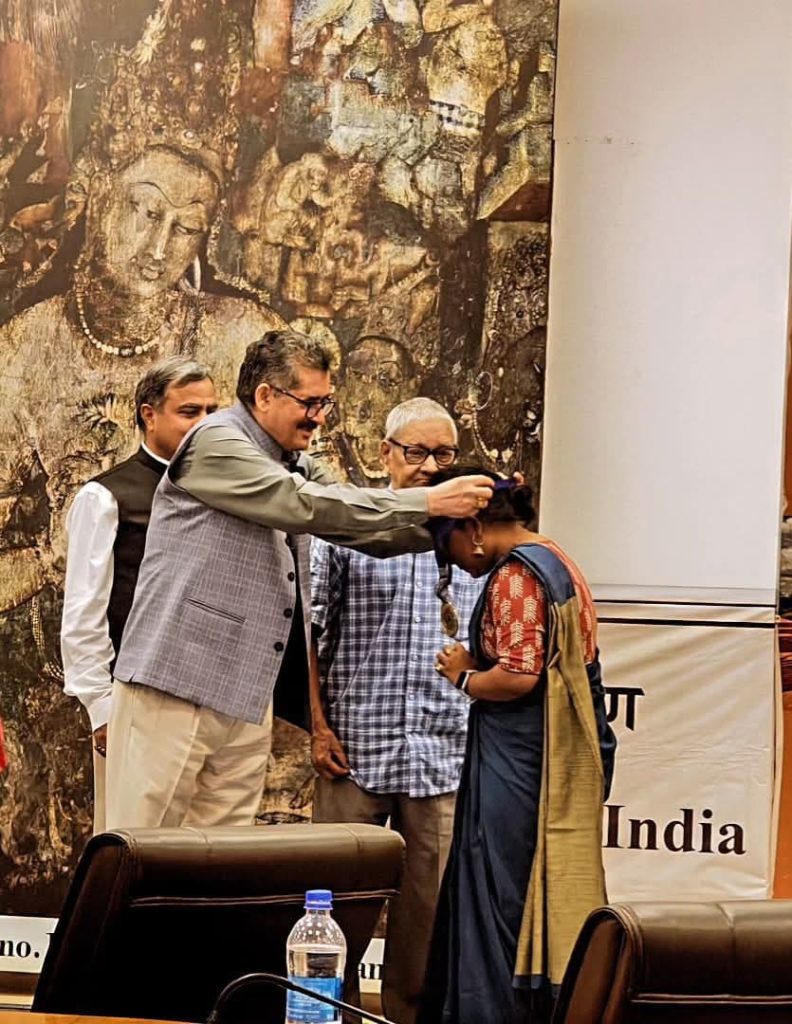





Nibedita Naskar is an early career archaeologist and PhD scholar at the Department of Archaeology, Deccan College Post Graduate and Research Institute, Pune, India. Her research integrates field archaeology with ethnographic methods, experimental replication, and faunal analysis to explore human–animal relationships and craft traditions across time in West Bengal, India.
Nibedita began her academic journey at Visva-Bharati University, Santiniketan- a UNESCO Living World Heritage Site, where she completed both her Bachelor of Arts and Master’s degree in Ancient Indian History, Culture and Archaeology. Immersed in an institution shaped by cultural philosophy and heritage values, she developed an early interest in indigenous traditions and material culture. She is a UGC Junior Research Fellowship awardee and eligible for assistant professor job opportunity in India.
To strengthen her field training, she pursued the Postgraduate Diploma in Archaeology (2021–2023) at the Pandit Deendayal Upadhyaya Institute of Archaeology, the academic wing of the Archaeological Survey of India (ASI), Ministry of Culture, Government of India. Here, she received rigorous training in excavation methods, heritage documentation, archaeological science, and artefact analysis etc. She was recognised with the Gurudev Ranade Award for Best Student, conferred in memory of Padma Vibhushan Prof. B. B. Lal. Nibedita has taken part in major archaeological field excavations, including work as a trench supervisor at Rakhigarhi and participation in the 2024–2025 excavation at the UNESCO World Heritage Site of Bhimbetka. She has presented her work at national and international academic conferences and has published on themes such as terracotta temple architecture, sacred geographies, ritual traditions, and symbolic use of animals in cultural contexts.
Her primary research interests include ethnoarchaeology, archaeozoology, and experimental archaeology, with a particular focus on bone tool knapping and replication techniques. Her diploma dissertation focused on the typo-technological study of bone tools from the archaeological site of Tamluk in coastal Bengal. By combining experimental replication with microscopic use-wear analysis, she explored the technological skill and material logic embedded in prehistoric craft.
“For me, archaeology is a discipline that narrates the story of the past through material culture. Archaeologists attempt to interpret these traces by combining scientific analysis with insights drawn from indigenous practices. This approach helps to bridge the distance between the past and the present, offering a more holistic understanding of cultural heritage.”
Nibedita envisions a future where young women researchers take the lead in redefining archaeological practice, grounded in interdisciplinarity, cultural empathy, and a commitment to equitable heritage stewardship.
